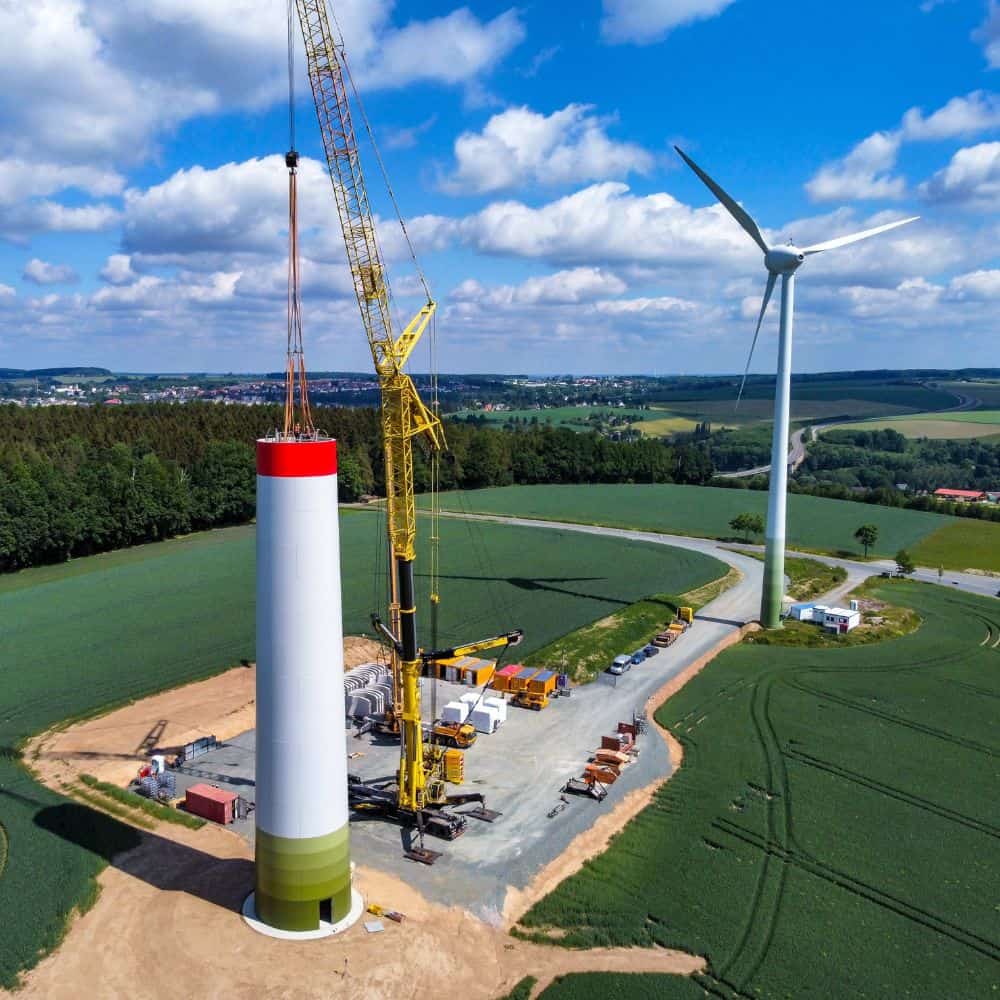The energy sector invests £13bn annually and delivers nearly £30bn in gross value – on top of the nearly £100bn in economic activity created through its supply chain and interaction with other sectors. The energy industry is key to delivering growth and plans to invest £100bn over the course of this decade in new energy sources.
Introducing the energy sector
There is no single definition for an ‘energy company’. Businesses in the energy market can play a number of different roles including:
- Upstream oil and gas producers – these companies extract the oil and gas out of the ground, also known as upstream producers.
- Electricity generators – power plants including gas, wind, nuclear and solar; these companies generate electricity.
- Transmission networks – carry electricity long distances around the country at high voltages.
- Distribution networks – run at lower voltages and take electricity from the transmission system into homes and businesses.
- Retail suppliers – the companies that supply electricity and gas to homes and businesses; these companies are responsible for sending bills and sorting customer service enquiries.
Energy companies are located all over the UK, but projects are focused in specific areas, for example, on the coast for offshore wind projects, or in industrial areas for power generation.
The importance of going green in energy
Energy is essential for life on earth, for our growth and well-being. The way we source and use some types of energy can lead to significant adverse impacts; the burning of fossil fuels releases greenhouse gases and is the major contributor to climate change. Global energy related greenhouse gas emissions rose to their highest level ever in 2021, exacerbating the worsening climate crisis. With worldwide demand for electricity expected to increase by around 25% before 2030, the sustainability of the energy sector is a matter of urgency – as is energy security, as current geopolitical tensions clearly show.
Facing these issues means resolving the trilemma of sustainability, affordability and security of energy supply. Balancing these three is the challenge we need to tackle globally.
There’s a need to deliver with speed and scale. Existing sectors must grow faster than before. Whole new industries need to establish and deploy at significant scale. The supply chain needs to invest to create more capacity. New people will join the industry and so it must be welcoming and inclusive, and ensure safety remains at the heart of the industry’s culture.
Two emerging sectors are hydrogen and carbon capture and storage (CCS). Hydrogen has been included as a key part of the government’s Net Zero Strategy: Build Back Greener plan for the transition to a green economy.

Siemens Energy is a driver of energy transition, with a mission of empowering customers to meet the growing global demand for energy while transitioning to a more sustainable world.
Created by
IEMA is the membership body for environment and sustainability professionals



